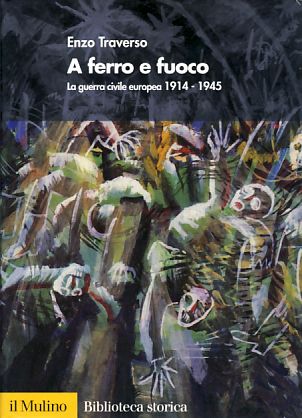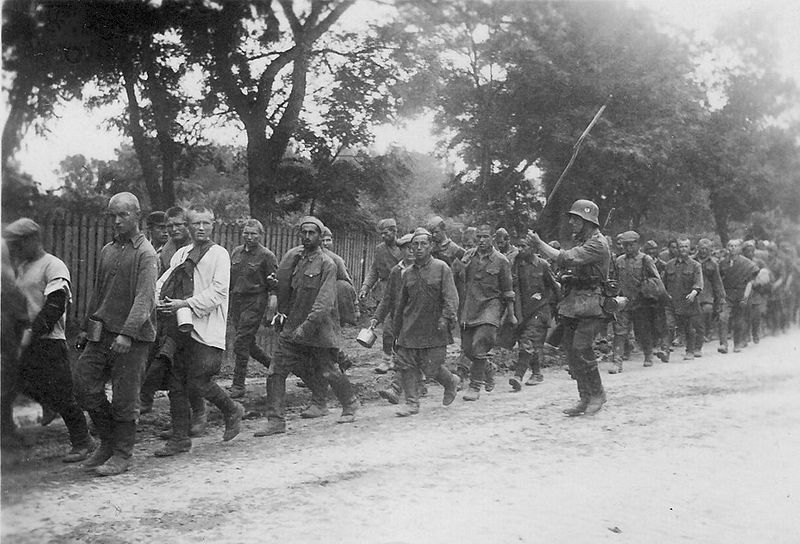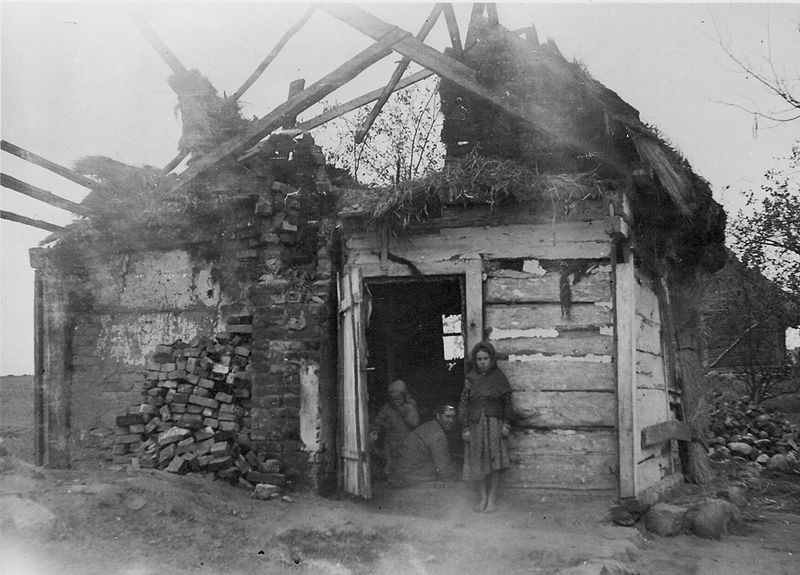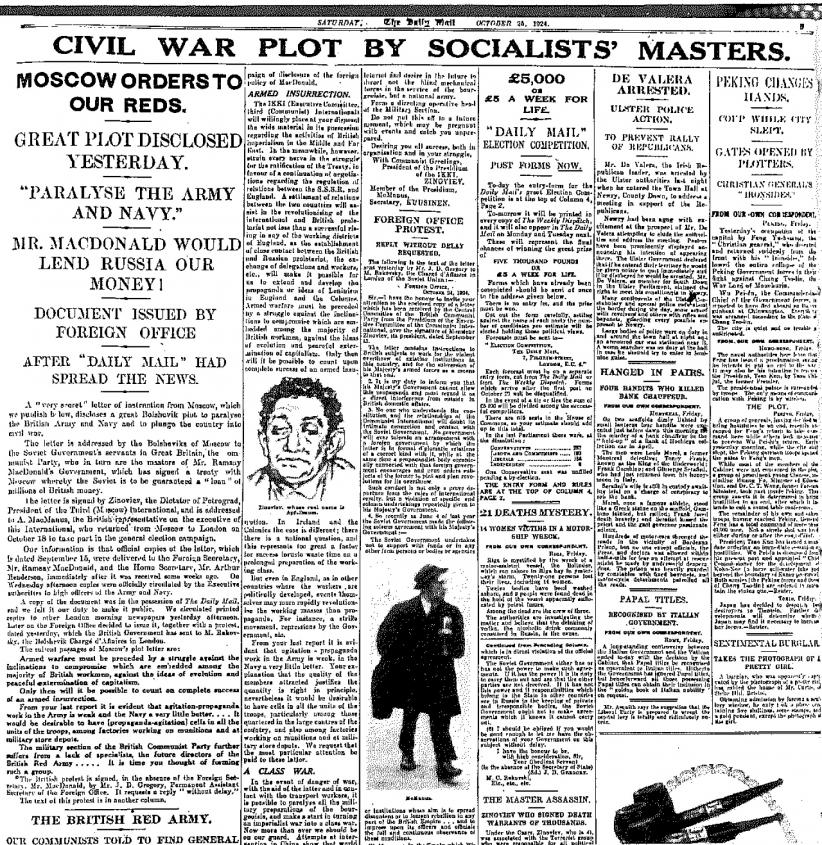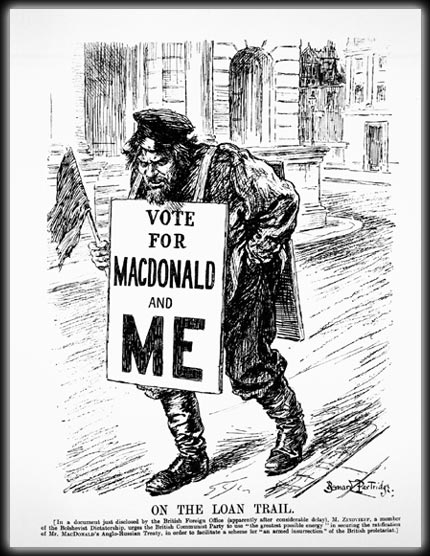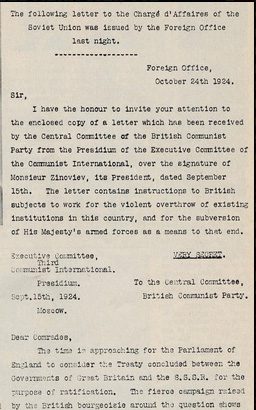 To commemorate the centenary of the Russian Revolution, the UT Center for Russian, East European, and Eurasian Studies held an international conference entitled, “The Wider Arc of Revolution: The Global Impact of 1917.”
To commemorate the centenary of the Russian Revolution, the UT Center for Russian, East European, and Eurasian Studies held an international conference entitled, “The Wider Arc of Revolution: The Global Impact of 1917.”
The second keynote speech was given by Professor Lisa Kirschenbaum, Professor of History at West Chester University. Professor Kirschenbaum has published three books, including: Small Comrades: Revolutionizing Childhood in Soviet Russia, 1917-1932; The Legacy of the Siege of Leningrad, 1941-1995: Myth, Memories, and Monuments; and International Communism and the Spanish Civil War: Solidarity and Suspicion.
